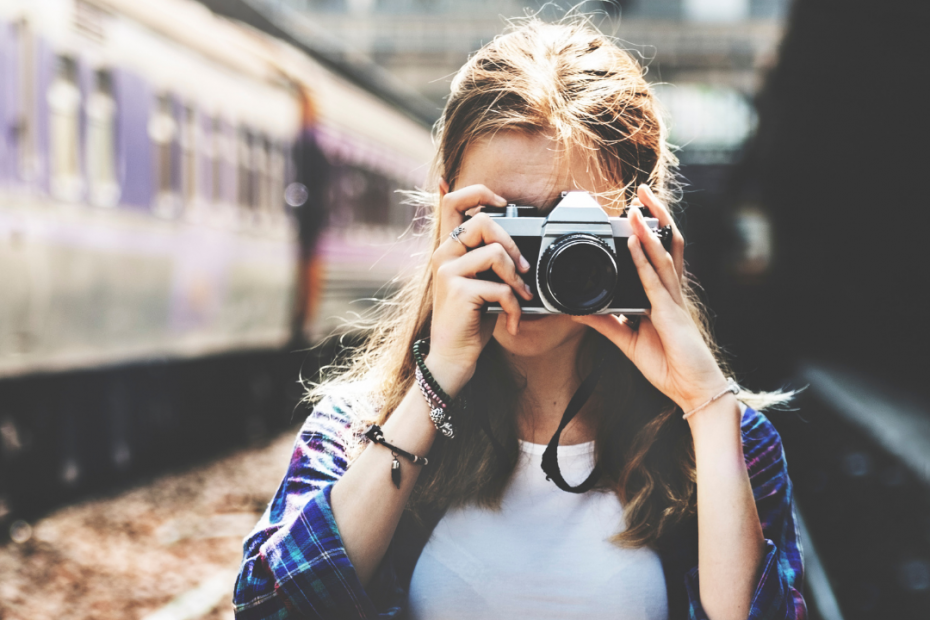As one of the most popular hobbies globally, photography is also an art form that captures the imagination of more people than ever before. The beauty of photography is that it is a hobby that costs relatively little to get started. You can spend a little money and take some great shots, or you can spend a lot of money and take some great shots. If you are just getting started, here are a few tips.
It is all about that Camera
There is nothing more exciting to a photographer than capturing that perfect shot. Whether it is of a beautiful landscape, wildlife, or of your kid’s face, it is a great feeling to be able to look back on those moments and feel proud of your work. To achieve this, you need to know a few things about taking photos. The first thing you have to do is choose the right equipment. You should have a good camera that can take high-quality photos and can capture those perfect shots that you are looking for.
Have a healthy respect for the equipment you’re using. Most of us will never have the budget to buy the most expensive gear out there, but that doesn’t mean you should skimp on quality. In my case, I bought a Sony Cyber-shot DSC-HX. Depending on what you prefer and your budget, other brands offer quality gears at a very reasonable price.
Start with the Basics
Taking good photos is not rocket science, and you don’t need expensive equipment to get started. You just need to follow a few basic tips to help you take better pictures. The first thing you need to do is get creative. If you’re shooting in the same location with the same subjects, you’re not going to have much variety. You need to try different angles and new equipment. Remember to take many pictures, and always keep practicing.
Well, taking pictures has never been easier with today’s technology – all you need is a digital camera that has a bunch of options for you to mess around with. The question is what settings you should use for the best results. As with the basics, be creative; don’t be afraid to experiment. With a little practice, you will learn how to take great pictures with any camera.
In the beginning, there was light…
Photography is a hobby that takes a lot of time, practice, and patience. Not only do you need to learn how to use a camera (where to focus, aperture, shutter speed, and more), but you also need to learn how to use light, and even when not to use light.
When you’re taking pictures, you have to go with the lighting situation as you find it. But you can minimize the impact with the following tips. You’ll do your best to use bright light whenever possible. If you’re working indoors, try to stay out of shadows and use window light whenever you can. If you’re outdoors, shoot during the golden hours or early and late in the day. When the sun is lower in the sky, shadows are softer, and colors are more vivid.
Art of Composition
The essential goal of photography is to capture an image. However, a photograph can be something more than a mere image. Through the lens, a photographer can express his feelings and convey a message or a story to the viewer. To create effective, impactful images, photographers need to master the art of composition. It could also be determined by the number of megapixels available on your camera. Some people are quite doubtful and ask questions like “how many megapixels do you need?” or “which is the best camera for a beginner?”. The best advice you could give them is to let them know that they could start with the bare minimum as the camera prices also vary depending on the camera’s resolution. Once you know this is the field you want to work in, you could maybe venture out and upgrade your gadgets.
Art is subjective. What one person likes, another person may hate. But one universally true thing is that good art is a matter of good composition. A picture is worth 1000 words, but if it’s poorly composed, the words are lost in the noise. A well-composed photograph should not only contain a subject but should draw the viewer’s eye to it naturally.
When you look at pictures on a computer screen, it’s hard to tell whether they are good. This makes it hard to take good photos even if you’ve read the manual for your camera and know how to use its various modes. However, once you get used to them, some simple tricks can make a big difference to your photos. The most important thing you can do is to learn to say “no” to bad pictures.
The human eye can see hundreds of details in a scene, but cameras are limited by what they can capture. If you are not satisfied with the pictures you’ve taken, don’t keep them. Delete them, take new photos, and try again. This is learned by practice.
In summary, when beginning in photography you should straight away consider the type of camera, the lighting, and how composition works, and then just keep practicing.
